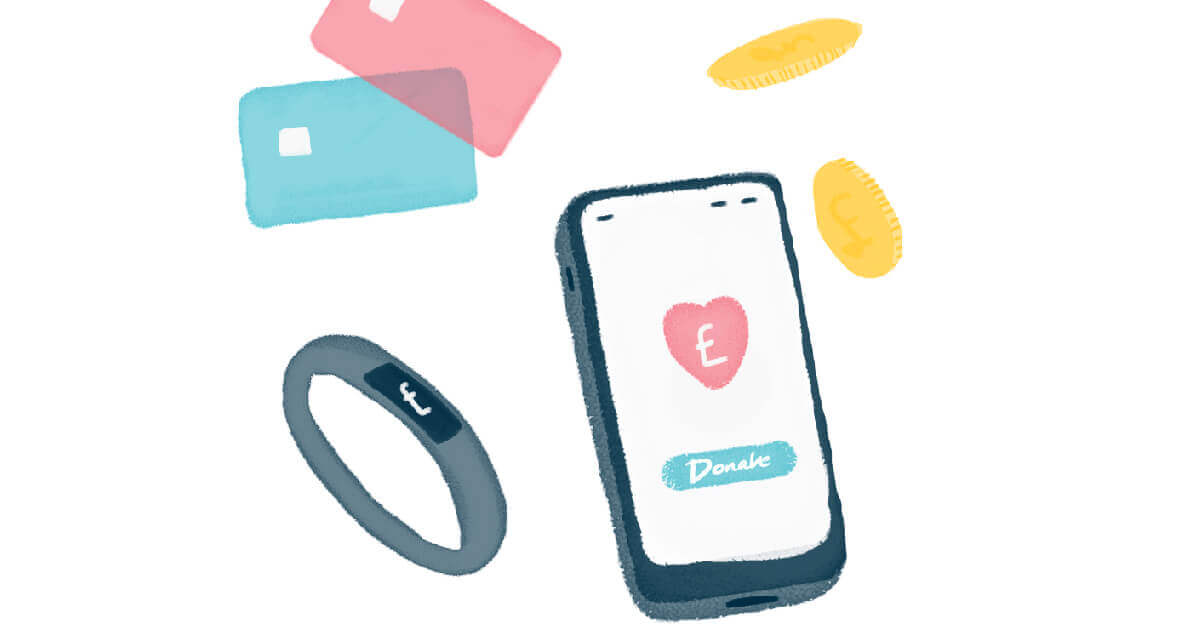Tremendous change at breakneck speed
Technology is ever-changing, and these days seems to evolve almost instantly. The way that we adopt, use, and come to rely on technology has an equally rapid effect on society and how it operates.
Due to the rise of contactless cards, e-wallets and even biometric payments, the way we exchange money today has less to do with cash and is leading to what many people now consider to be a cashless society.
Recent research from the banking body UK Finance has revealed as many as one in ten adults has opted into the cashless society, with that figure rising to one in six within the 25-34 age bracket. Indeed, cash is predicted to make up just 10% of UK payments over the next 15 years.
24% of people in the UK now use their smartphones to make electronic payments. Mobile payment technology is on the rise, especially among young adults. Available methods vary greatly, however, indications are that in the UK contactless cards are still preferred (less surprising than in Sweden, where over 4000 adults have had microchips inserted into their hands for contactless payment!)
Advantages of a move to a cashless society include speed and convenience for the user, reduction of costs to merchants, and tighter controls over security and fraud.
However, there are concerns that the transition to an entirely cashless society could be especially isolating and damaging for the elderly and other vulnerable groups.
The Access To Cash Review (funded by Link) found that in excess of 8 million UK adults would struggle if cash disappeared completely, recommending that access to ‘essential services’ should ensure cash is always an available payment option.
From a business perspective it is also not all good when it is considered that about half of the UK’s small to medium businesses still have no means of accepting card payments.
How do Charities ‘keep the change’?
Charities have long been aware of society’s shift from coin to card. To avert any risk, many charities have embraced new methods that allow their tech-savvy donors to maintain contributions.
There are lots of routes charities can take to navigate today’s cashless society:
Check-out charity
The inevitable perfect storm of a cashless society compounded by corporations that want to highlight socially compassionate agendas. This method allows shoppers to round up the cost of their shopping (usually to the nearest pound), donating this surplus to a charity working in partnership with the store.
Mobile apps
There are numerous versions of these products which enable donors to give at any time, and several also provide the ability for people to ‘give as they shop.’
Contactless terminals
Seen with greater frequency everywhere, from large, national museums to local churches, these contactless terminals allow visitors to make donations of varying amounts with a simple tap of their card.
Keeping up with society’s enduring desire to give
The Futures Report, which came out in March 2019, indicates the charity sector is aware of the difficulties it may face if it cannot embrace the technological shifts shaping society.
The report also highlights that work must be done on ‘ease of donation and clarity of journey’, and that effective deployment of technology could be one of the best ways to enhance these critical elements.
A positive consideration for smaller, more vulnerable charities, is that the speed with which these technologies have evolved has also enabled price to reduce considerably. There are often highly affordable versions of all contactless donation methods described above, and innovative, ethical organisations are able to supply solutions to charities of all size.
However, one thing remains clear - when it is considered that government funding of charities is expected to decline from £3bn in 2003 to zero in 2020 - charities must allow donors to contribute in the ways most convenient to them. Therefore technology should be embraced rather than feared, and a collaborative approach with technologists will ensure nobody is left behind.


